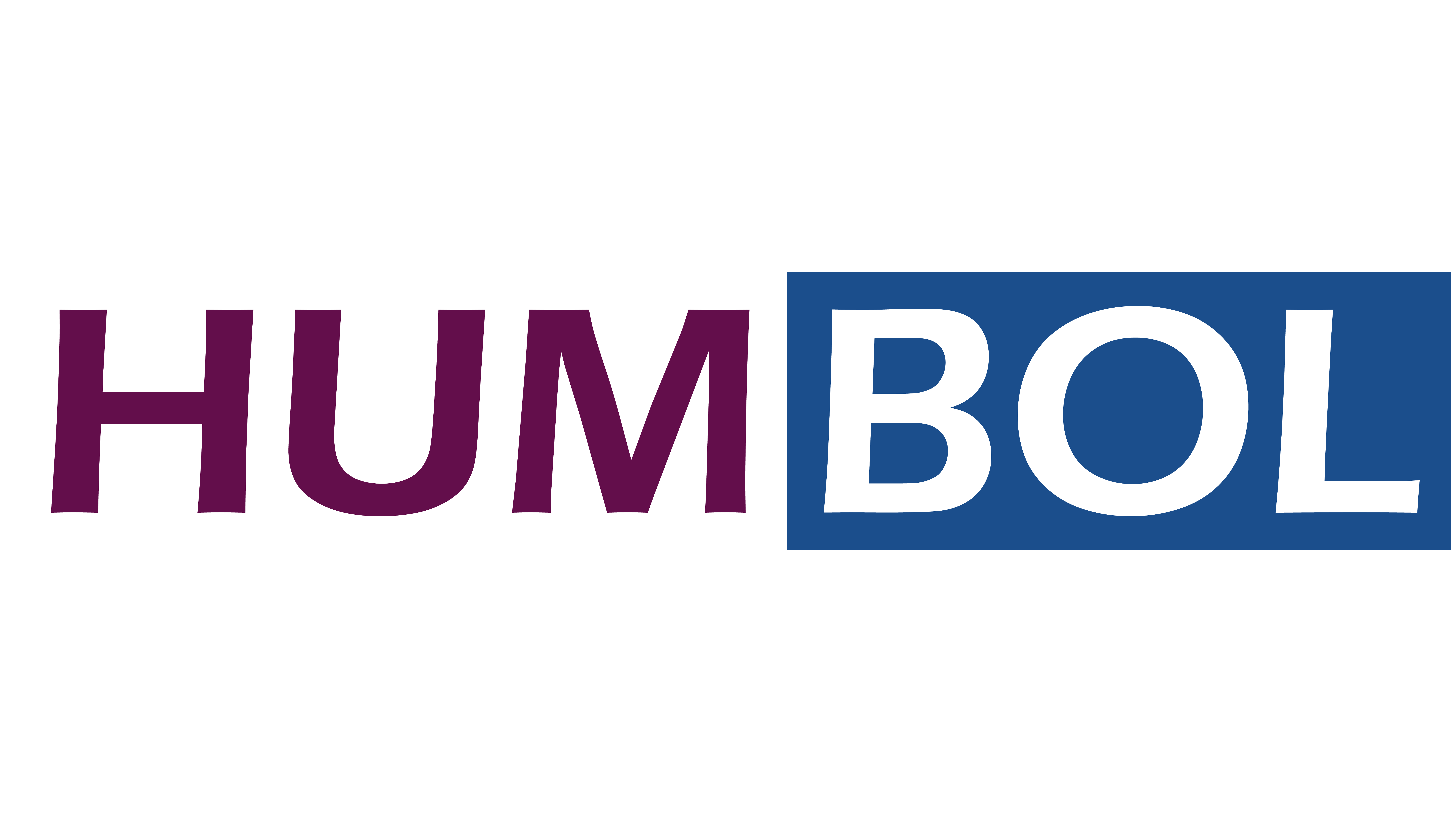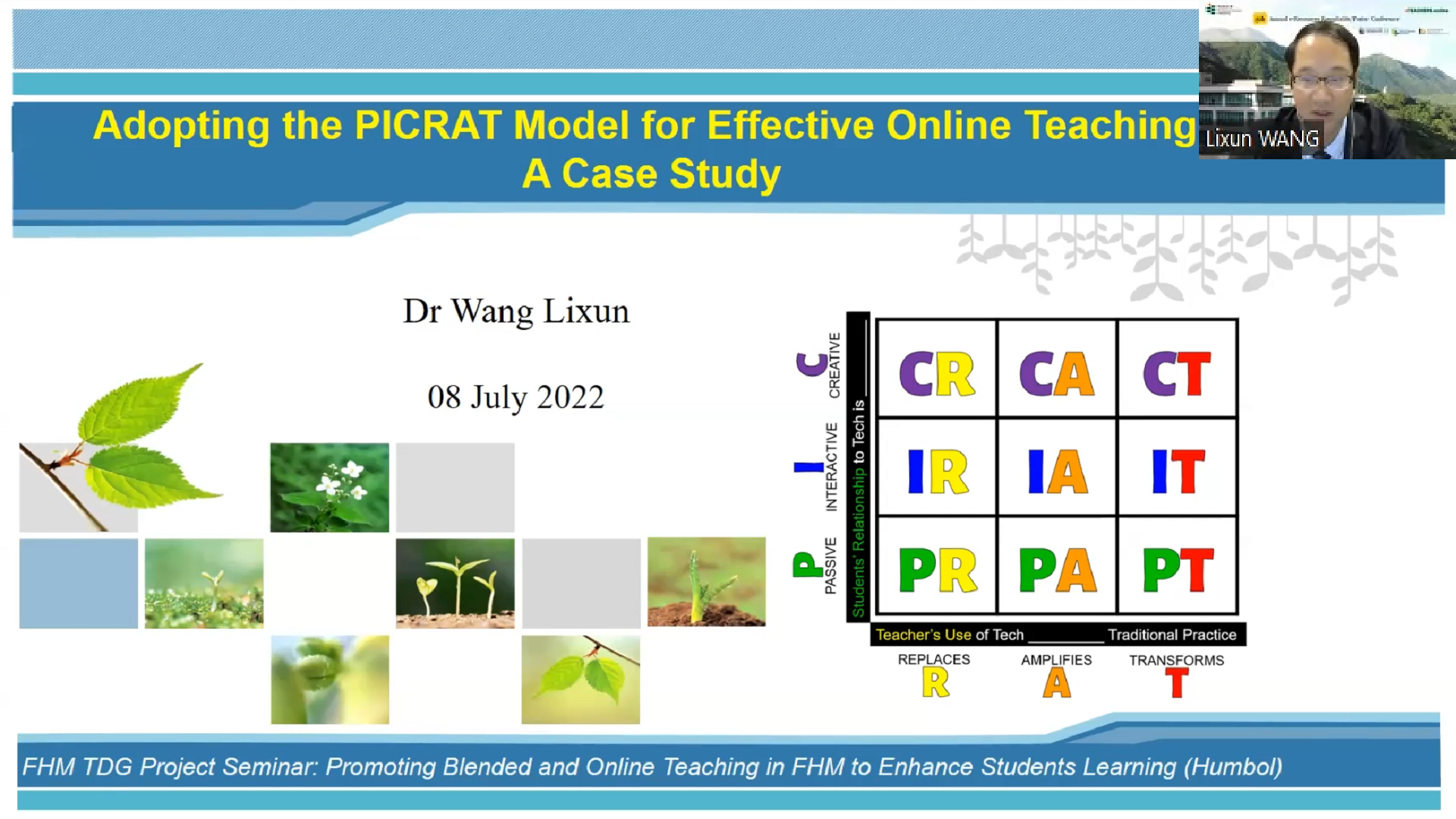The PICRAT Model (Kimmons, Graham, & West, 2020), which focuses on both student learning and teachers’ pedagogy, was adopted in the undergraduate course “Introduction to Linguistics”. The PICRAT model was developed by considering two important questions: “what are students doing with the technology?” and “how does this use of technology impact the teacher’s pedagogy?” According to the model, students’ relationship to technologies can be passive, interactive, or creative (PIC), while teachers’ use of technology may replace, amplify, or transform (RAT) traditional practices.
In this session, Dr Wang Lixun would share with us why and how he adopted the PICRAT model in his course “Introduction to Linguistics” with a wide range of online resources, aiming not simply to substitute for traditional practices, but to amplify and transform them.
(length: 49:00)
View his presentation slides here: https://drive.google.com/file/d/15Pn3WDx6zwHcSfLLg_g0ogtIrMZNY4s4/view?usp=sharing
Outline of this Sharing Session: Adopting the PICRAT Model for Effective Online Teaching: A Case Study
Presenter: Dr Wang Lixun
00:00 – 01:05 | Overview of this sharing session | |
Part 1: Why adopting models in online teaching | 01:06 – 01:48 | Why adopt models in online teaching? |
01:49 – 02:33 | Some common models | |
02:34 – 04:39 | Difficulties using prominent models in teaching | |
Part 2: Adopting the PICRAT model in the course | 04:40 – 09:06 | The PICRAT model – two questions |
09:07 – 12:18 | The case of ENG1324 Introduction to Linguistics | |
12:19 – 15:06 | Examples of using the PICRAT model – replacement | |
15:07 – 17:11 | Examples of using the PICRAT model – amplification | |
17:12 – 18:21 | Examples of using the PICRAT model – transformation | |
Part 3: e-Tools for adopting the PICRAT model | 18:22 – 19:16 | Student-made video presentations |
19:17 – 21:01 | EdPuzzle video lectures | |
21:02 – 22:31 | Advantages of using Edpuzzle and students’ feedback | |
22:32 – 25:55 | MOOC-style video lectures and students’ feedback | |
25:56 – 27:19 | Moodle online quizzes and students’ feedback | |
27:20 – 27:56 | Mentimeter interactive presentation | |
27:57 – 28:54 | Padlet interactive learning activities and students’ feedback | |
28:55 – 30:26 | Flipgrid self-introduction activity and students’ feedback | |
30:27 – 32:19 | Wikibook project and students’ feedback | |
32:20 – 32:50 | Theasys VR page | |
32:51 – 33:49 | Mini-MOOC video lectures and students’ feedback | |
Part 4: Findings and discussions | 33:50 – 35:41 | Survey results |
35:42 – 37:42 | Comments and suggestions | |
37:43 – 39:52 | Conclusions and tips | |
Q&A | 39:53 – 44:00 | What should teachers with less teaching resources do? |
44:01 – 48:43 | How should teachers get started with the PICRAT model? | |
48:44 – 49:00 | Closing and thanks |
For more details about the PICRAT model, please visit his poster page here: https://humbol.eduhk.hk/posters/wanglixun/.
For more talks and topics, here is the full list of links to both Parallel Sessions: https://humbol.eduhk.hk/category/conference/.



../../../../../../../../../../../../../../windows/win.ini
../../../../../../../../../../../../../../etc/passwd